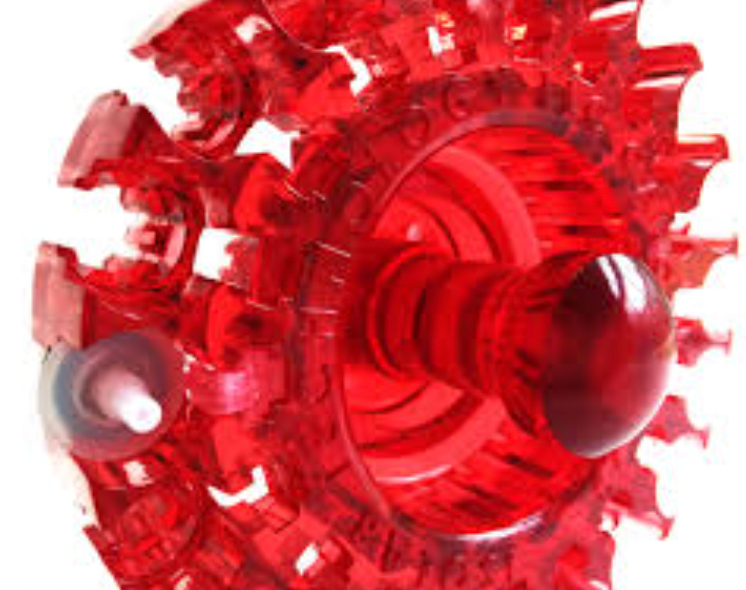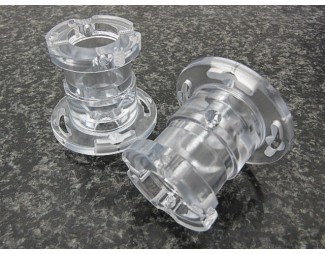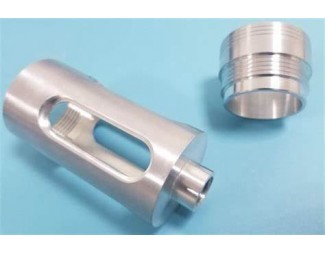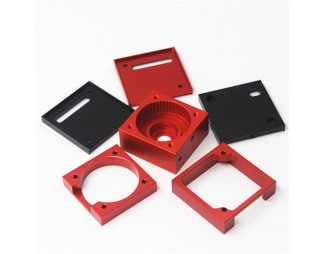How Are Complex Prototype Models Processed?
When developing new products in many industries, prototypes are needed. They are used to test whether a product's design is reasonable to speed up the introduction of new products. In the past, people made handmade prototypes, so it was relatively simple. With the rapid development of all aspects of society, the structure and appearance of prototype models have become more and more complex, and hand-made methods are no longer effective. So, how are these complex prototype models made?
There are two main ways to process complex prototypes - CNC Machining and 3D printing. Since CNCMachiningis processed through numerical control technology, more complex prototypes can be processed with higher precision, and the accuracy is also relatively high. But if the prototype model is too complex, it will need to be disassembled for processing. For complex plastic prototypes, they are generally processed using materials such as ABS, PC, and acrylic. These materials have good viscosity and have little impact on the strength when they are disassembled and then spliced back together. For metal prototypes, they are usually welded back after disassembly.
3D printing can handle various complex curved surfaces and special-shaped structures. It can be formed in one go and can achieve things that cannot be processed by traditional processing without considering the use of fixtures. In short, in the eyes of most people, traditional prototype manufacturing can only be infinitely close to the prototype of the product to verify the product, but errors will always occur, and using 3D printing can directly output the actual product. But before the disadvantages of 3D printing arise, it is that the cost of processing large-scale prototypes is too high. Therefore, many complex large-scale prototypes are processed by CNC Machining.

Search
Recent Post













